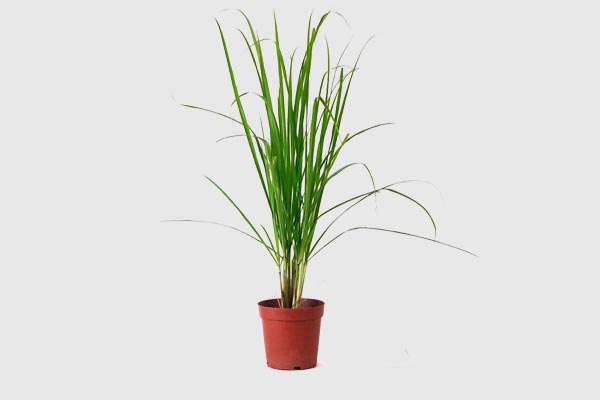
Growing Lemongrass at Home: A Step-by-Step Guide for Beginners
Lemongrass, with its refreshing citrus scent and versatile culinary uses, is a wonderful addition to any home garden. Not only does it add flavor to dishes, but it also offers a host of health benefits. From aiding digestion to promoting relaxation, lemongrass is a valuable herb to have on hand. Fortunately, you don’t need a green thumb to grow lemongrass successfully at home. In this step-by-step guide, we’ll walk you through the process of cultivating this aromatic herb in your own garden.
Step 1: Gather Your Supplies
Before you begin, gather the necessary supplies:
- Lemongrass stalks (can be obtained from a nursery or grocery store)
- Potting soil or a well-draining planting medium
- Pots or containers with drainage holes
- Watering can or spray bottle
- Fertilizer (optional)
Also Read This : Harnessing Nature’s Power: Rose Essential Oil as a Safe Pesticide for Organic Agriculture
Step 2: Choose a Location
Select a sunny spot in your garden or balcony where your lemongrass will receive at least six hours of sunlight daily. Lemongrass thrives in warm, tropical climates, so ensure the location provides adequate warmth.

Step 3: Prepare Your Soil
Prepare the soil by mixing potting soil with compost or organic matter to improve drainage and fertility. Lemongrass prefers well-draining soil, so ensure that water doesn’t pool around the roots.
Also Read This : 5 Genius Hacks to Keep Insects Away from Your Curry Leaf Plant!
Step 4: Planting Lemongrass
- Trim the tops of the lemongrass stalks, leaving about 6 inches of the base intact.
- Fill your pots or containers with the prepared soil.
- Plant the trimmed lemongrass stalks in the soil, leaving about 2 inches between each plant.
- Gently water the soil to settle it around the roots.
Step 5: Watering and Care
Keep the soil evenly moist, but avoid overwatering as lemongrass is susceptible to root rot. Water the plants whenever the top inch of soil feels dry to the touch. During hot weather, you may need to water more frequently.
Also Read This : Easy Steps to Grow Capsicum in a Paot at Home: Your Guide to Fresh Peppers
Step 6: Fertilizing (Optional)
If desired, you can fertilize your lemongrass plants with a balanced fertilizer once every 4-6 weeks during the growing season. However, lemongrass is relatively low-maintenance and can thrive without fertilizer if the soil is rich in nutrients.
Step 7: Harvesting
Lemongrass can be harvested once the stalks reach a height of around 12-18 inches. To harvest, simply cut the stalks at the base using sharp scissors or pruning shears. Always leave a few inches of the plant intact to encourage regrowth.
Also Read This : Cultivating Adenium Plants at Home for Stunning Blooms Instantly
Step 8: Storage and Usage
Fresh lemongrass can be stored in the refrigerator for up to two weeks. Alternatively, you can freeze it for longer-term storage. Lemongrass is commonly used in soups, curries, stir-fries, and teas. Simply chop or crush the stalks before adding them to your recipes to release their aromatic flavor.
Step 9: Overwintering (Optional)
If you live in a colder climate, you can overwinter your lemongrass indoors. Before the first frost, dig up the plants from your garden and transfer them to pots. Place the pots in a sunny location indoors and continue to care for them as usual.
Also Read This : DIY Plant Boost: Whip Up this Quick Homemade Fertilizer for Vibrant, Thriving Greenery!
Step 10: Propagation
Lemongrass can be propagated by dividing the clumps once they become overcrowded. Simply dig up the plant, divide the clump into smaller sections, and replant them in pots or directly in the garden.
Growing lemongrass at home is a rewarding experience that allows you to enjoy the fresh, citrusy flavor and aroma of this versatile herb whenever you like. By following these simple steps, even beginners can successfully cultivate lemongrass in their own gardens or balconies. So why not give it a try? Start growing your own lemongrass today and enjoy the taste of tropical freshness right at home.




